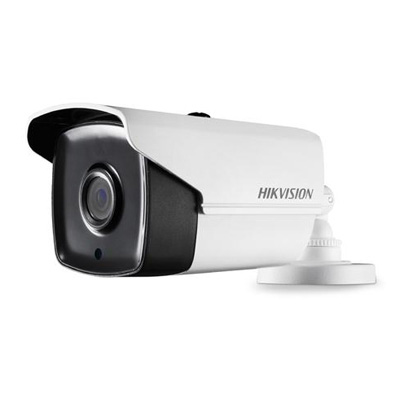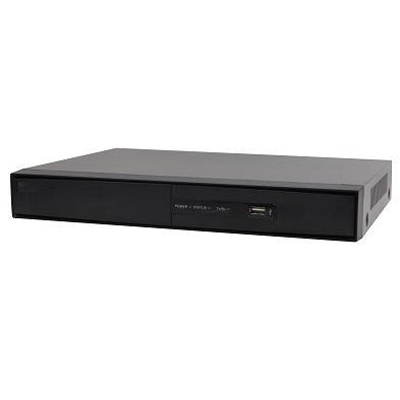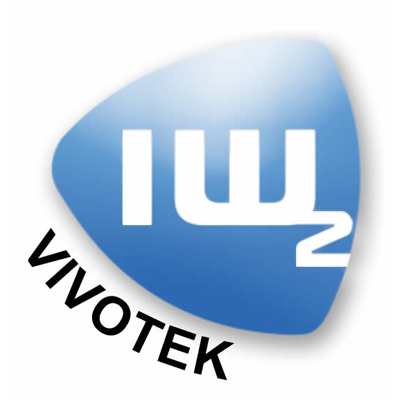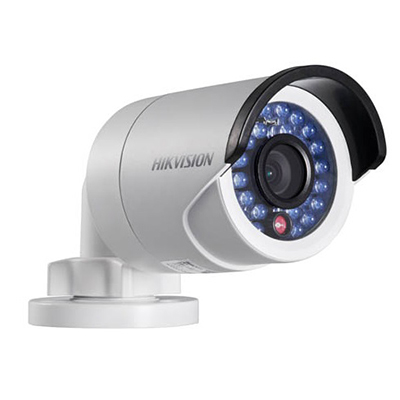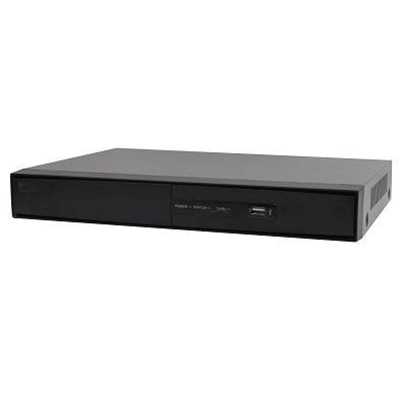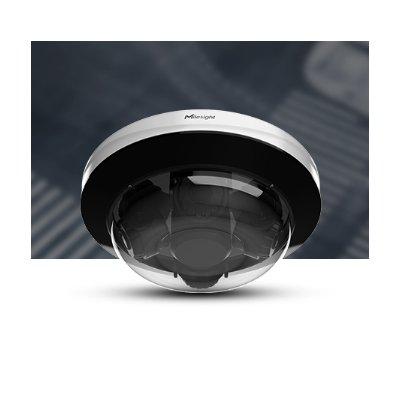Hikvision, a global IoT solutions provider with video as its core technology, has announced a new plug-in for its thermal and speed dome cameras as a result of continuing collaboration with its strategic partner, Milestone Systems. This gives operators a better situational awareness through visual verification of alarms.
Hikvision’s plug-in for Milestone XProtect enables the operator to view ‘bounding boxes’ in the XProtect Smart Client and to receive alarms from a Hikvision thermal camera or speed dome. Bounding boxes appear around objects or people of interest and are used to visually identify them.
The Hikvision plug-in is based on Milestone’s SDK and configuration
Improved efficiency with bounding boxes
Bounding boxes really improve the efficiency of operators. The bounding box surrounding the alarm-triggering object/person changes color, enabling the operator to instantly see where the alarm is, rather than searching through sometimes quite large areas on the screen. The bounding boxes also make it much easier to verify alarms in forensic investigations. This is good news for customers, since they can build advanced solutions using both Hikvision cameras and Milestone software.
The plug-in, which installs on top of the Milestone software, is based on Milestone’s SDK and configuration and management is done from within the XProtect Management Client.
Perimeter protection and fire detection
The technology comes into its own in perimeter protection, on fire doors in buildings and dynamic fire detection. Applications include those areas with large areas to monitor, like: airports, harbors, borders, industry and shopping centres.
Jens Berthelsen, Partner Alliance Manager at Hikvision, said: “Hikvision and Milestone have taken another important step in the direction of a very tight integration of the two product platforms. Using the well-developed Milestone SDK (MIP SDK), Hikvision has ensured an optimal support for our strong portfolio of cameras. This is a very appealing value proposal for the market, both making it easy for the integrator to install and configure, and by ensuring the best possible visual verification possibilities for the operator.”









